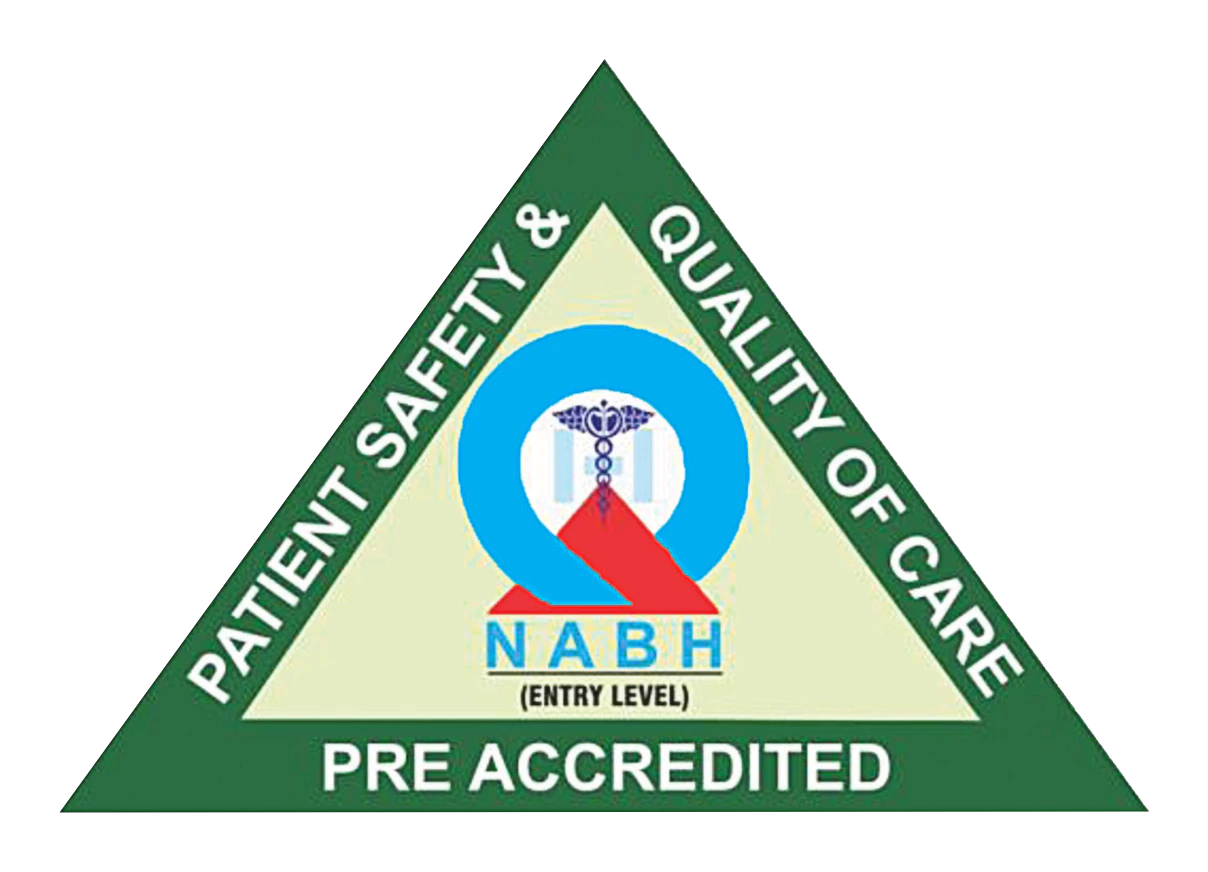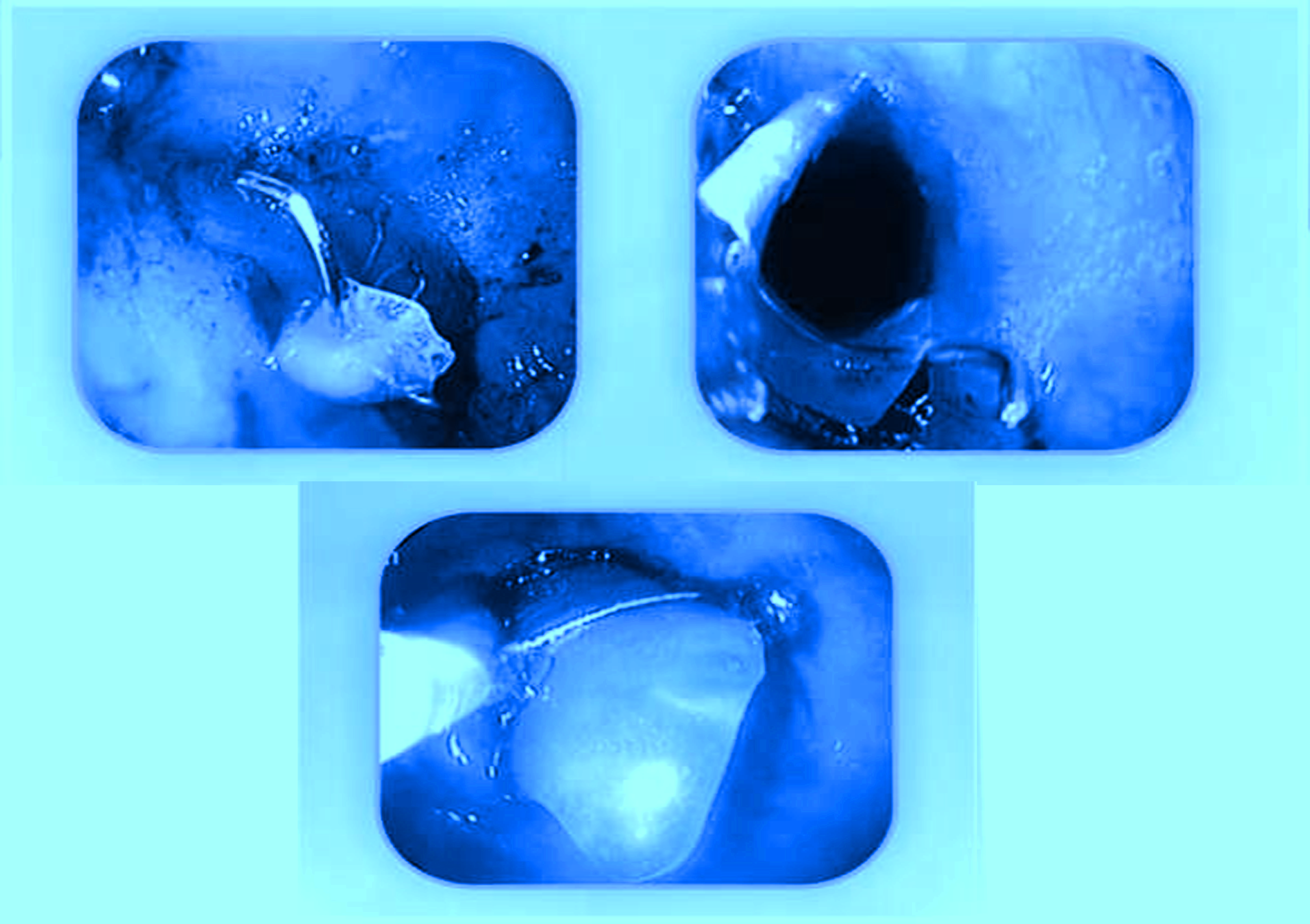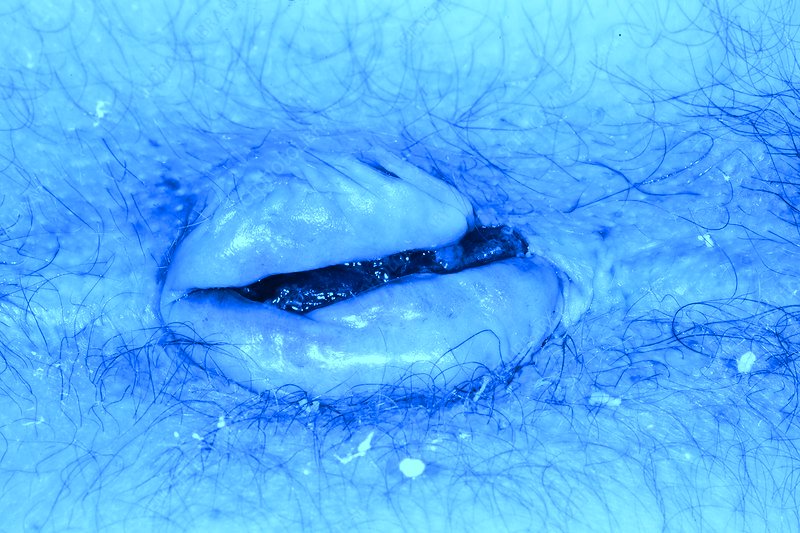 SHAMEEM HOSPITAL PRIVATE LIMITED
SHAMEEM HOSPITAL PRIVATE LIMITED
 0452-2525535, 2526535, +91-8220714253
0452-2525535, 2526535, +91-8220714253

HD Endoscopy with BL (Blue Light) enhances visualization for precise diagnostics. It improves tissue differentiation, detects abnormalities early, and ensures accurate assessments in gastroenterology, urology, and other medical fields for better patient outcomes.

50 Yr old Female presented with H/O Swallowing Denture 3 hours before. Removal done by GA and endoscopic means by using Rat tooth forceps and OVER TUBE SYSTEM TO AVOID INJURY TO ESOPHAGUS during removal. By this we avoided major surgery and patient discharged next day.

HD Colonoscopy with BLI (Blue Light Imaging) enhances mucosal visualization, improving the detection of polyps and early-stage colorectal cancer. It provides sharper contrast, aiding in more accurate diagnosis and better patient outcomes.

A PEG (Percutaneous Endoscopic Gastrostomy) tube is a flexible feeding tube inserted through the abdominal wall into the stomach. It provides long-term nutritional support for patients unable to eat orally.

Stent removal using an overtube system ensures safe and controlled extraction of esophageal, duodenal, or colonic stents. The overtube minimizes mucosal trauma, prevents aspiration, and facilitates smooth retrieval, improving patient safety and comfort.

Dilation treats benign and malignant strictures of the esophagus, pylorus, and colon by widening narrowed areas using balloons or dilators. It restores normal passage, relieves dysphagia, and improves digestive function safely.

ERCP (Endoscopic Retrograde Cholangiopancreatography) is a procedure using endoscopy to remove bile duct stones and place stents. It helps restore bile flow, treats obstructions, and manages pancreatic and biliary disorders effectively.

Self-expandable stents are placed endoscopically in the esophagus, duodenum, or colon to relieve obstruction caused by cancer. They restore luminal patency, improve swallowing or digestion, and enhance patient quality of life.

Band ligation is an endoscopic procedure used to treat esophageal variceal and hemorrhoidal bleeding. Elastic bands are applied to bleeding vessels, causing necrosis and reducing the risk of rebleeding effectively.

A 40-year-old male with jaundice (18 mg%) from bile duct obstruction, Hepatitis B, HIV, and lymphoma had ERCP deferred due to bleeding. Instead, PTBD and metal stent placement were done under C-Arm guidance.

Mr. AKR had a 19×12 cm walled-off pancreatic necrosis with GOO and malignant biliary obstruction. EUS-guided HOT SPAXUS was done, pus drained, but necrosectomy was needed after 7 days due to fever.

Double Balloon Enteroscopy (DBE) is an advanced endoscopic technique used to diagnose and treat diseases of the entire small bowel. It enables deep access, biopsy, polyp removal, and bleeding control effectively.

The SpyGlass Scope is used for direct visualisation inside the common bile duct (CBD). It helps in obtaining biopsies, ablating cancerous tissues, and removing foreign bodies with precision.

Fundoplication is a surgical procedure used to treat stomach acid reflux. During fundoplication, the top part of your stomach called the fundus is folded and sewn around the lower esophageal sphincter, a muscular valve at the bottom of your esophagus.

Laparoscopic hernia repair is performed with general anesthesia and requires use of a breathing tube. Three half-inch or smaller incisions are made in the lower part of the abdomen. In laparoscopic hernia repair, a camera called a laparoscope is inserted into the abdomen to visualize the hernia defect on a monitor."

An appendectomy is the surgical removal of the appendix. It’s a common emergency surgery that’s performed to treat appendicitis, an inflammatory condition of the appendix.

An ovarian cystectomy is surgery to remove a cyst from your ovary. Laparoscopic surgery is a minimally invasive surgery technique that only uses a few small incisions in your lower abdomen.

Gastrojejunostomy is a surgical procedure in which an anastomosis is created between the stomach and the proximal loop of the jejunum. This is usually done either for the purpose of draining the contents of the stomach or to provide a bypass for the gastric contents

Hysterectomy is a major surgical procedure in which the uterus and possibly the ovaries, fallopian tubes, and cervix are removed. The surgery can be done in several ways, one of which is laparoscopically.

Circumcision is the surgical removal of the skin covering the tip of the penis. The procedure is fairly common for newborn boys in certain parts of the world, including the United States. Circumcision after the newborn period is possible, but it's a more complex procedure.

Hemorrhoids can develop from increased pressure in the lower rectum due to: Straining during bowel movements. Sitting for long periods of time on the toilet. Having chronic diarrhea or constipation.

Fistulas form when inflammation causes sores, or ulcers, to form on the inside wall of the intestine or nearby organs. Those ulcers can extend through the entire thickness of the bowel wall, creating a tunnel to drain the pus from the infected area. An abcess, or a collection of pus, can also cause a fistula to form.

In general, a hernia starts with pressure on an organ or your intestines. A hernia forms when this pressure happens in the same area as a weakened muscle or tissue. Some people are born with weak muscles or tissue that isn't fully developed. However, most people get hernias as their bodies age and their muscles weaken.
5/39, Indira Street, KVR Apartment Yanaikula, Near BPM School, Anna Nagar, Sathamangalam, Madurai, Tamil Nadu 625020.
shameemgastrohospital3@gmail.com
+91 452 2525535, 2526535
+91-8220714253
Copyright © 2025 - All Rights Reserved zeronecorps.com.

